Architectural photography presents an intriguing and demanding genre that enables photographers to encapsulate the allure and distinctive qualities of buildings. Whether your focus is on majestic cathedrals or contemporary skyscrapers, the essence of exceptional architectural photography lies in composition and lighting. Here are some pointers to help you embark on this creative journey:
1. Choose the right equipment: To effectively capture architecture, equip yourself with a camera featuring manual settings and a wide-angle lens. A tripod is indispensable for maintaining stability and facilitating long exposures. Consider utilizing a polarizing filter to minimize reflections and enhance the contrast in your shots.
2. Find the optimal angle: When photographing a building, it’s essential to discover the angle that best captures its unique character. Avoid shooting straight on, as this can result in a flat and uninteresting representation. Instead, seek angles that showcase the building in its most favorable light. For instance, shooting from a low angle can accentuate its height, while a high angle can emphasize its shape and form.
3. Consider the lighting: Lighting plays a pivotal role in architectural photography. The ideal time for photographing buildings is during the early morning or late afternoon when the sun is low in the sky, casting warm, elongated shadows. Midday sunlight tends to be harsh, producing strong contrasts that can be challenging to manage. Additionally, keep in mind that clouds can introduce an element of drama to your composition.
4. Utilize leading lines: Leading lines serve as a powerful compositional technique that adds depth and interest to your architectural shots. Look for lines within the building, such as windows, columns, or staircases, that guide the viewer’s gaze into the frame. You can also incorporate environmental lines, such as roads or rivers, to direct attention towards the building.
5. Pay attention to details: In architectural photography, the magic often lies in the details. Seek out captivating textures, patterns, and shapes within the building, aiming to capture them in your shots. Experiment with a wide aperture to blur the background, drawing focus to the intricate details. Alternatively, consider using a close-up lens to magnify and emphasize these elements.
Now, armed with these tips, venture forth and immerse yourself in the joy of capturing stunning architectural photographs. Happy shooting!
The School of Photography’s 'Photographing Architecture'
BLOG

5 Landscape Photography Mistakes Beginners Make

Landscape Photography in South Africa
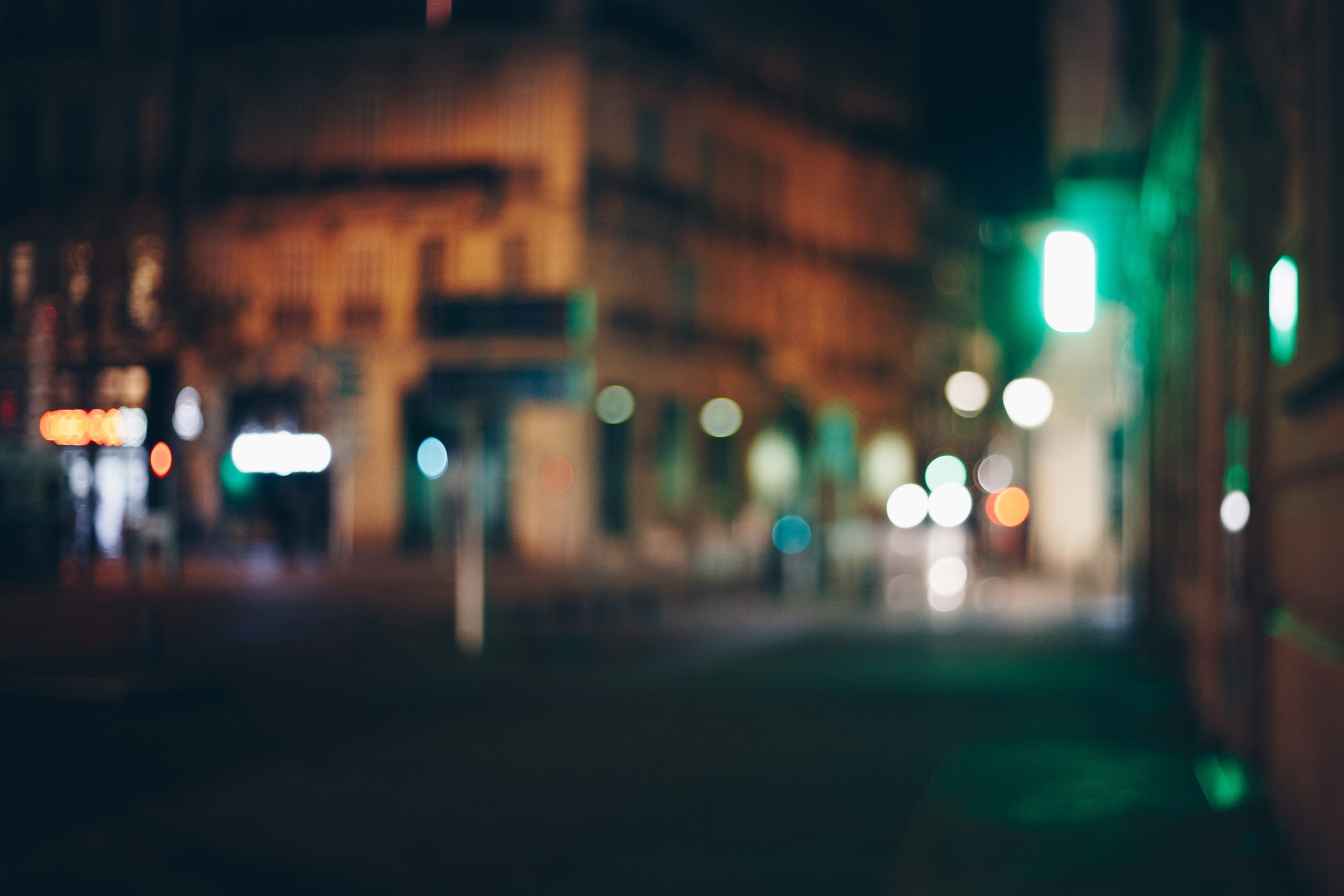
A Short Guide to Shooting Street Photography

3 Image Backup Strategies for Photographers
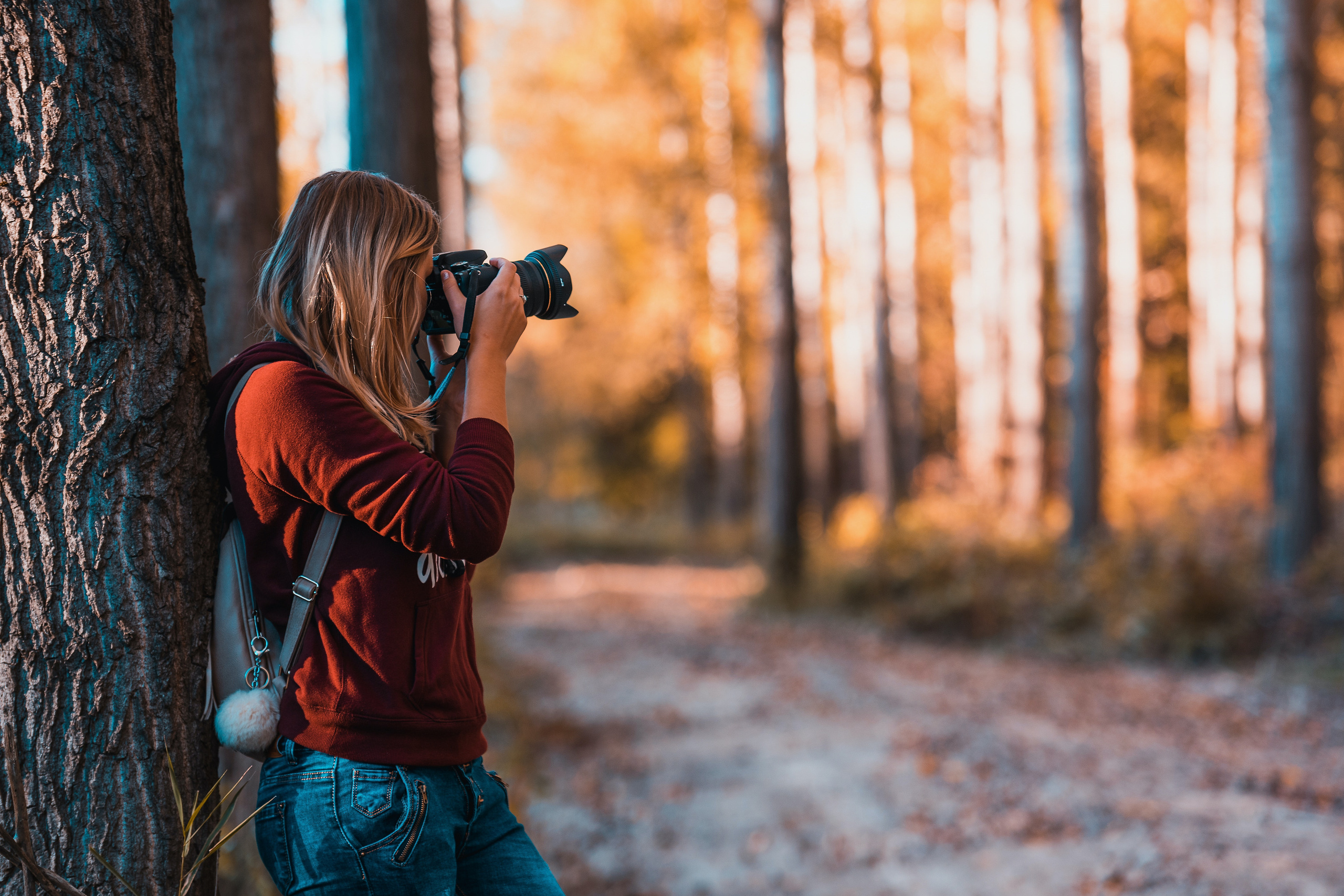
10 Best Travel Tips for Photographers

Travel Arniston, Western Cape | South Africa
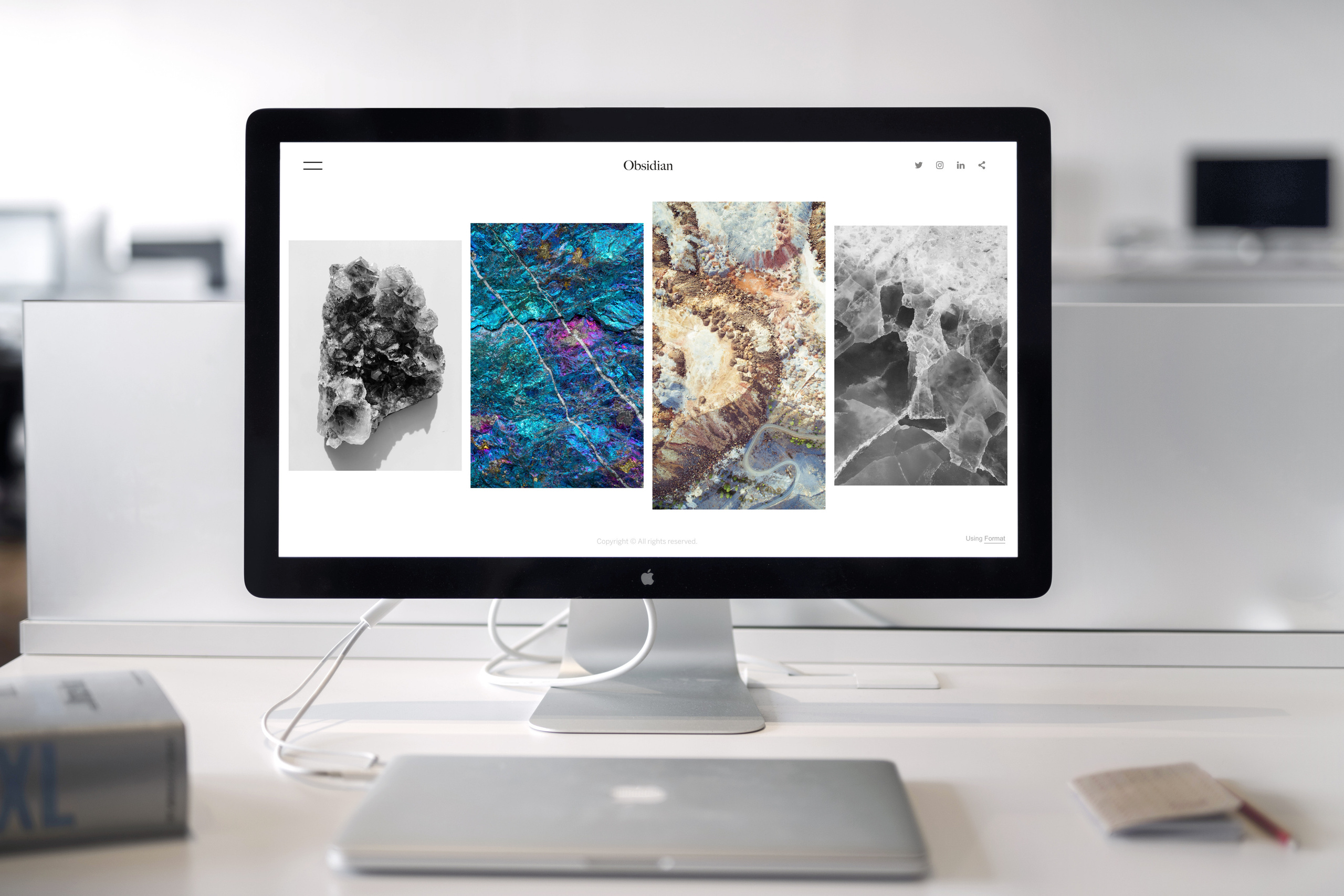
How to Sell Giclée Prints Online
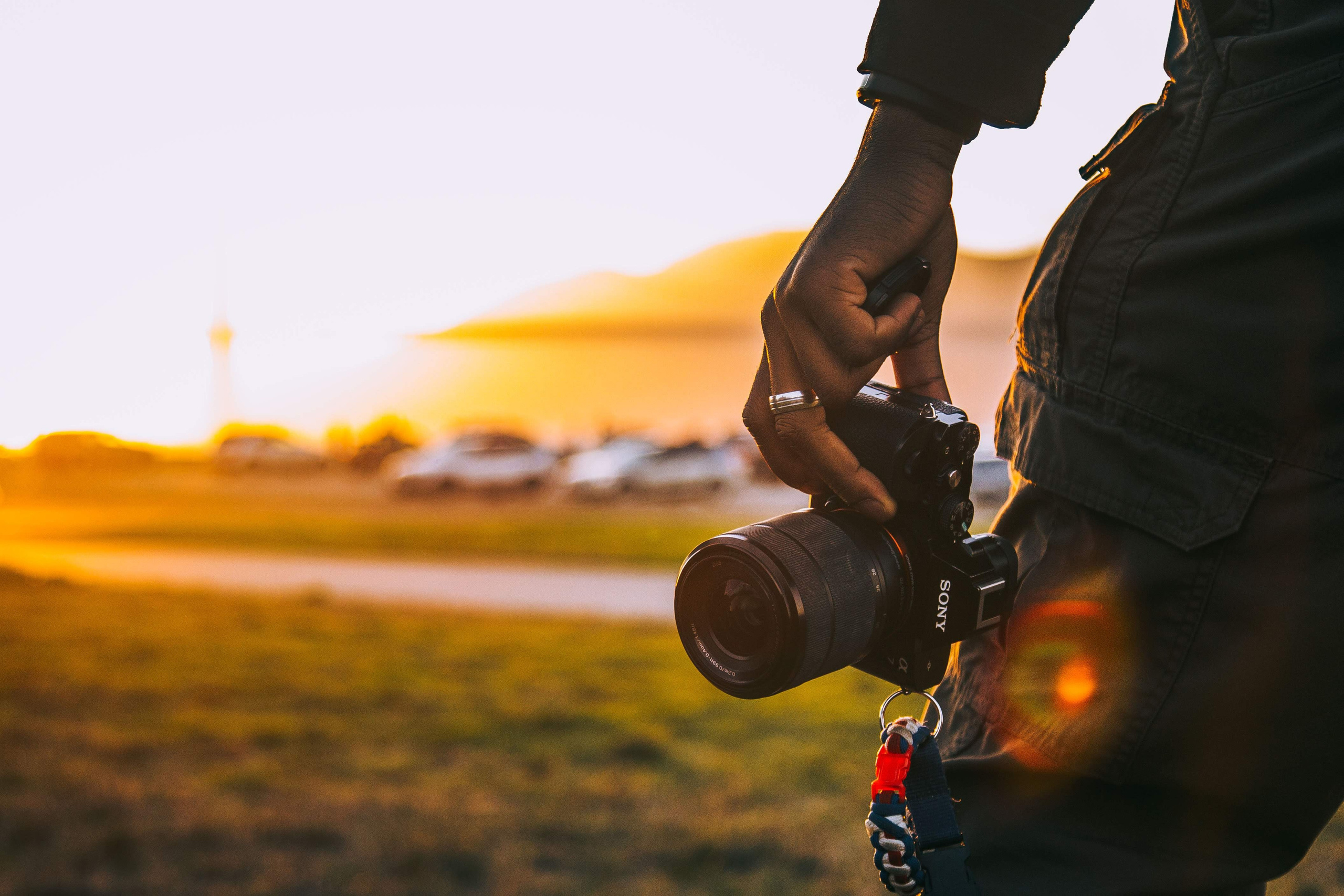
8 Tips for Digital Photography
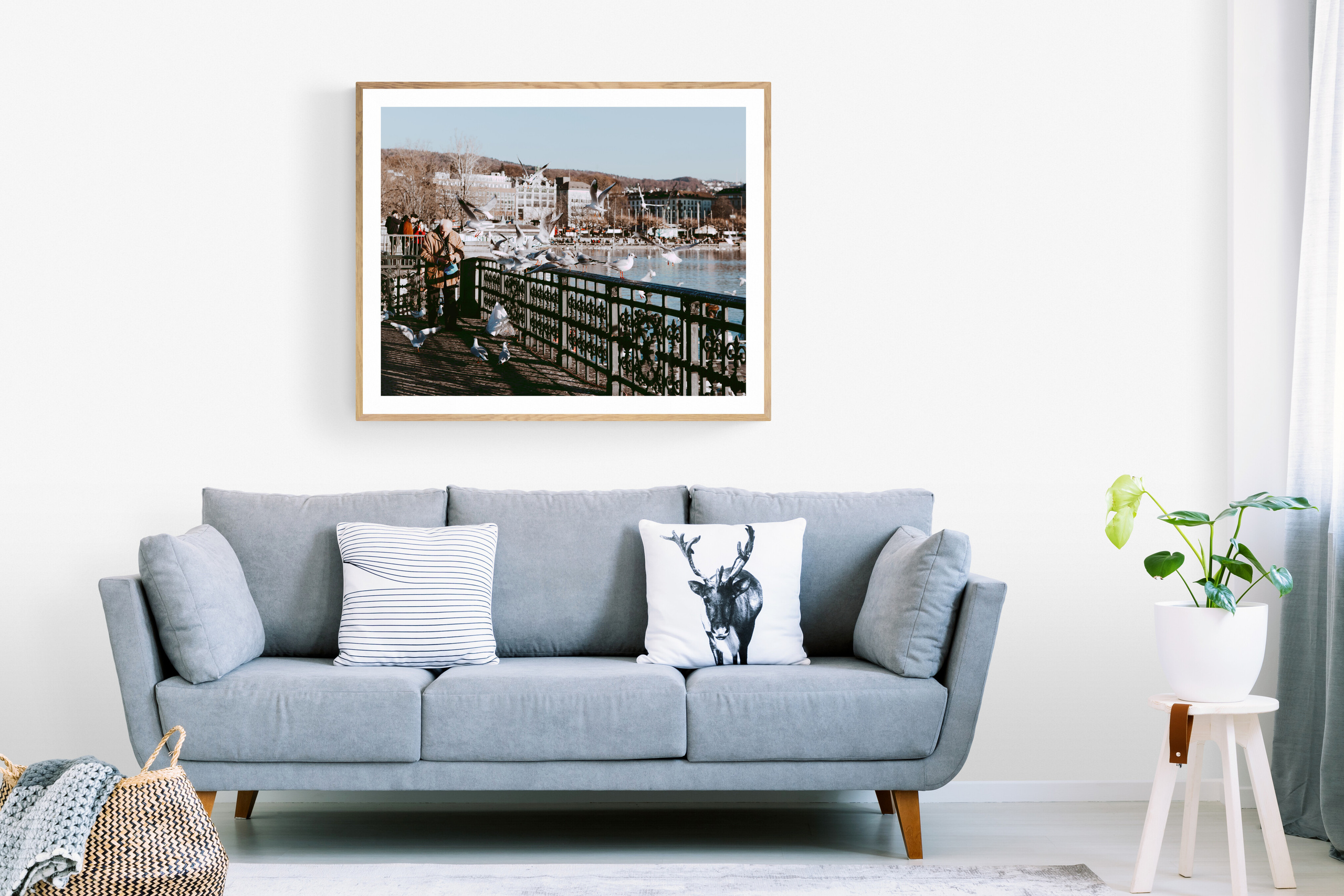
Why Photography is an Art
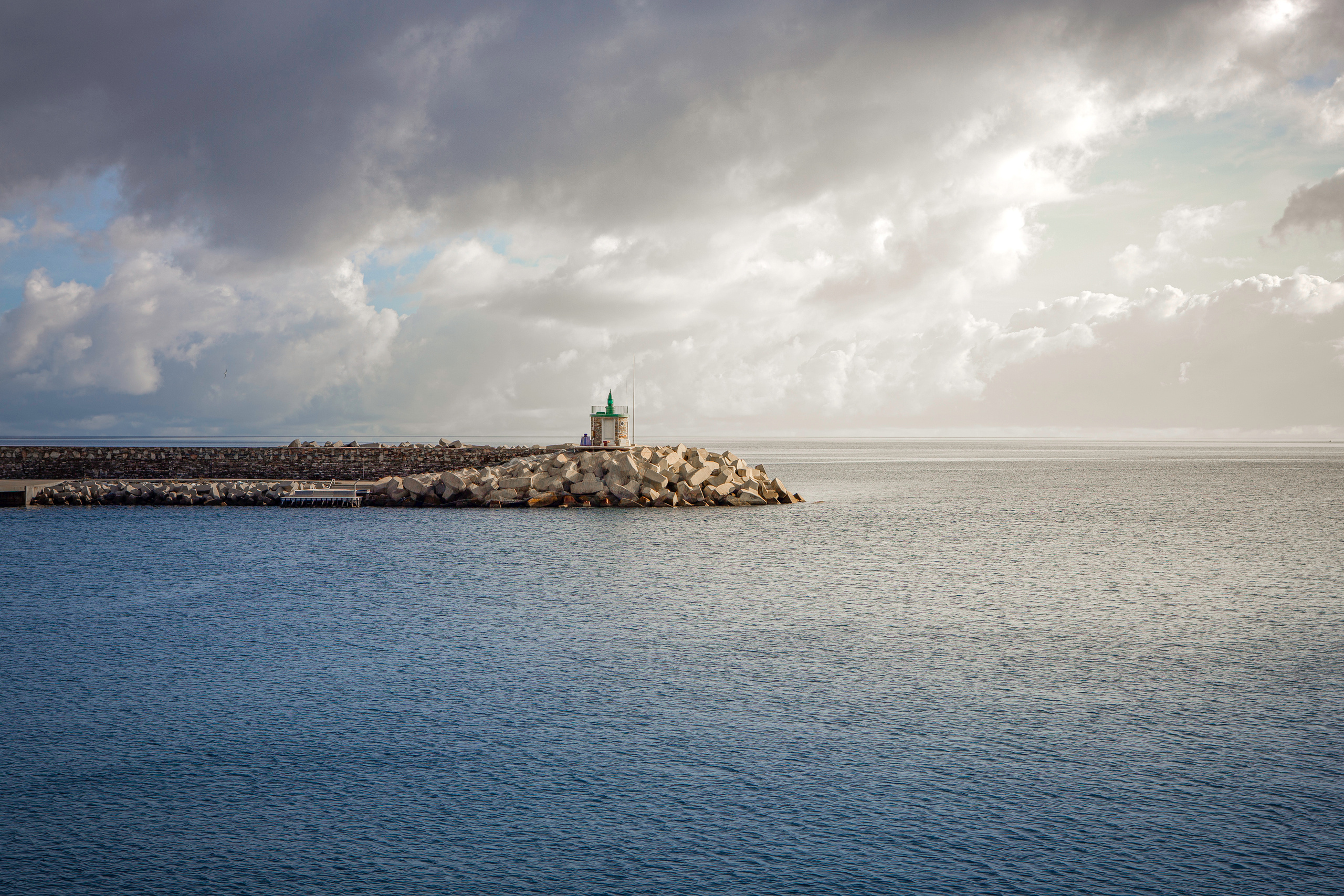
Photographing Minimalist Landscapes

The Best Interval Settings for Timelapse and Themes
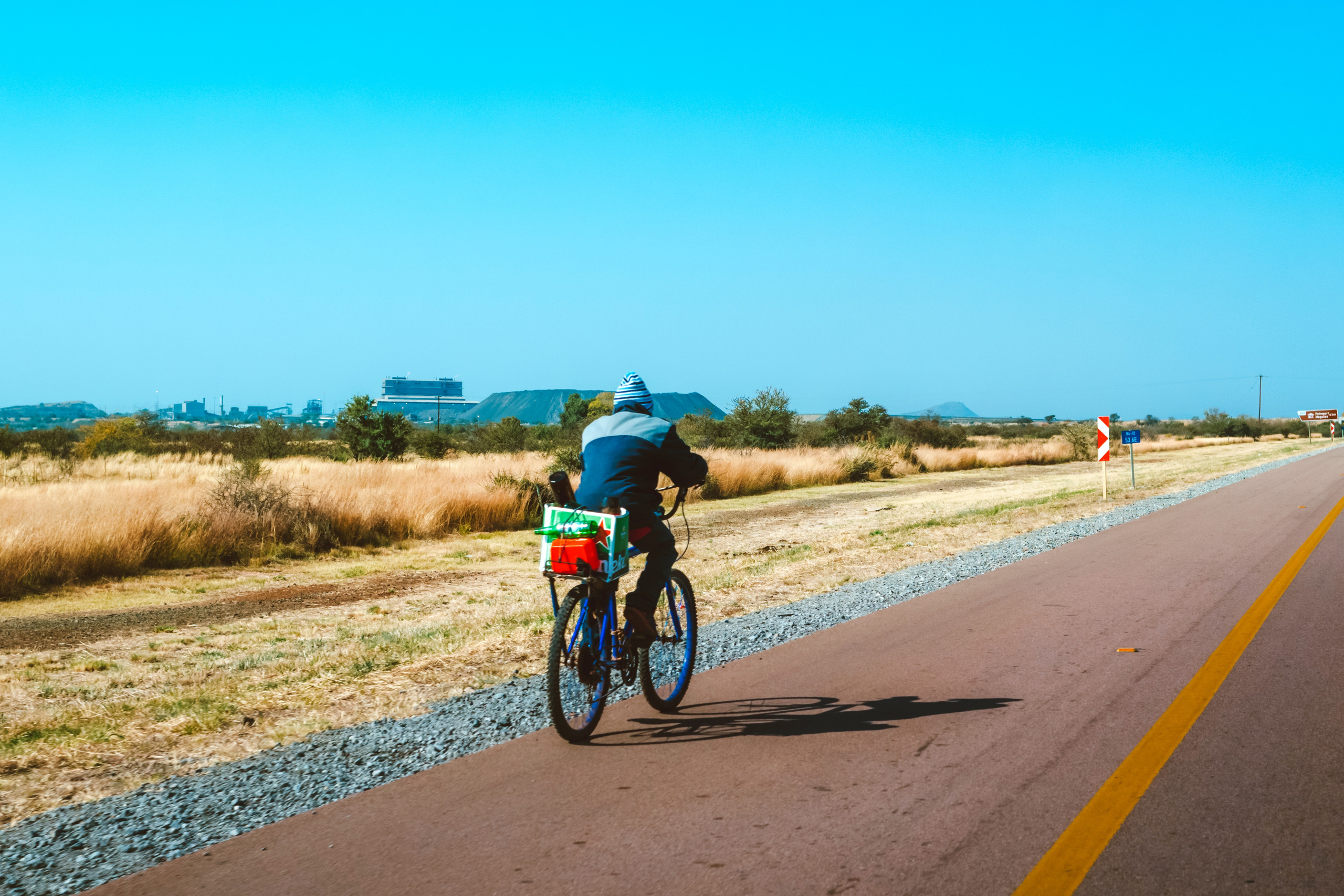
Cycling Cape Town to Malawi — Part 1/3





